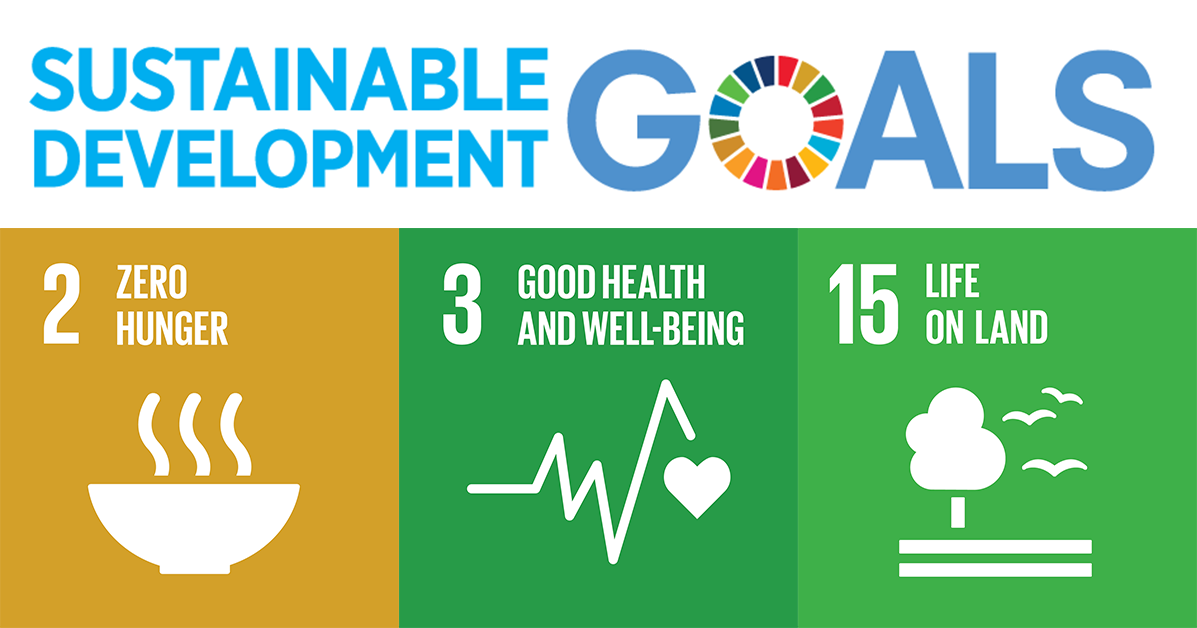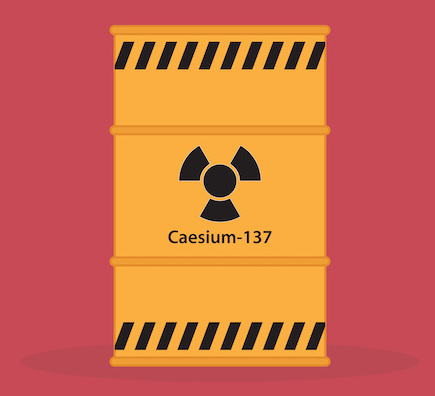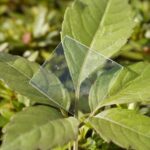Researchers at the RIKEN Center for Sustainable Resource Science (CSRS) have identified a way for plants to gain resistance to cesium, a radioactive toxin that can be found in contaminated soil. After manipulating a specific biological signaling pathway, plants were able to resist cesium stress, meaning that their growth was less stunted, at least in the roots. These findings will impact the development of plants capable of growing in cesium-contaminated soil and under other challenging conditions.
Plant resilience relies on the ability to sense and respond to the environment. From the air they breathe to the soil in which they grow, plants fine-tune their growth to thrive under specific conditions. But some changes in the environment cannot be overcome so easily. Led by Ryoung Shin, the RIKEN CSRS team is asking what can we do to help plants when their environment becomes contaminated with toxic substances like cesium.
In the wake of the 2011 Fukushima Daiichi Nuclear Power Plant disaster in Japan, scientists turned their attention to understanding how plants react to radio-cesium, a toxic element released into the environment after nuclear accidents. In order to grow normally, plants need to absorb potassium from the soil. However, when cesium is present, it coopts the potassium channels, or openings in the cell wall, which blocks potassium uptake and hinders plant growth. Surprisingly, past attempts to block cesium uptake by modifying potassium channels had the unexpected consequence of disrupting plant growth even more than was observed in potassium-deficient plants. This led researchers to hypothesize the existence of unique pathways specific to cesium accumulation.
Shin and her team have been using transcriptome profiling, a cutting-edge method of examining the genetic activity within plant cells under various conditions. In their latest study, published in Planta, the researchers turned their focus to the effects of cesium.
They compared the growth and gene expression of Arabidopsis thaliana, a commonly studied plant, under two stressful conditions: low potassium and the presence of cesium. Transcriptome analysis of root tissues grown under low potassium and cesium stress revealed significant changes in abscisic acid (ABA) metabolism and signaling. Specifically, analysis showed that ABA signaling was reduced during cesium stress, but not during low-potassium stress. This led the researchers to theorize that if they could force ABA signaling to increase, it would make plants less vulnerable to cesium contamination.

Improving crop resistance to cesium helps reach three of the UN’s Sustainable Development Goals (SDGs) – 2, 3, and 15.
As a proof of concept experiment, they tested mutant plants in which an important ABA regulator is inactive. In these plants, the usual brake on the ABA pathway is missing, meaning that their ABA signaling continues unchecked at high levels. These mutants exhibited enhanced root growth under cesium stress, confirming the importance of ABA in overcoming cesium stress, and emphasizing its critical role in plant resilience. “As shoot growth is related to root growth, we expect that overall growth can also be improved,” says Shin, “although it will have to be tested in the laboratory.”
With modernization leading to increased pollution and toxic compound release, understanding plant resilience is crucial for safeguarding food security and ecosystem health. “These findings hold profound implications for sustainable agriculture and environmental protection,” says Shin. “Rather than simply blocking cesium uptake that is linked to nutrient uptake, targeting alternative transmission pathways offers a promising avenue for enhancing crop resistance to toxic compounds. The future of agriculture just got a whole lot more resilient.”
This research contributes to three of the United Nation’s Sustainable Development Goals, Zero Hunger (#2), Good Health and Well-being (#3), and Life on Land (#15).
Plant resilience relies on the ability to sense and respond to the environment. From the air they breathe to the soil in which they grow, plants fine-tune their growth to thrive under specific conditions. But some changes in the environment cannot be overcome so easily. Led by Ryoung Shin, the RIKEN CSRS team is asking what can we do to help plants when their environment becomes contaminated with toxic substances like cesium.
In the wake of the 2011 Fukushima Daiichi Nuclear Power Plant disaster in Japan, scientists turned their attention to understanding how plants react to radio-cesium, a toxic element released into the environment after nuclear accidents. In order to grow normally, plants need to absorb potassium from the soil. However, when cesium is present, it coopts the potassium channels, or openings in the cell wall, which blocks potassium uptake and hinders plant growth. Surprisingly, past attempts to block cesium uptake by modifying potassium channels had the unexpected consequence of disrupting plant growth even more than was observed in potassium-deficient plants. This led researchers to hypothesize the existence of unique pathways specific to cesium accumulation.
Shin and her team have been using transcriptome profiling, a cutting-edge method of examining the genetic activity within plant cells under various conditions. In their latest study, published in Planta, the researchers turned their focus to the effects of cesium.
They compared the growth and gene expression of Arabidopsis thaliana, a commonly studied plant, under two stressful conditions: low potassium and the presence of cesium. Transcriptome analysis of root tissues grown under low potassium and cesium stress revealed significant changes in abscisic acid (ABA) metabolism and signaling. Specifically, analysis showed that ABA signaling was reduced during cesium stress, but not during low-potassium stress. This led the researchers to theorize that if they could force ABA signaling to increase, it would make plants less vulnerable to cesium contamination.

Improving crop resistance to cesium helps reach three of the UN’s Sustainable Development Goals (SDGs) – 2, 3, and 15
As a proof of concept experiment, they tested mutant plants in which an important ABA regulator is inactive. In these plants, the usual brake on the ABA pathway is missing, meaning that their ABA signaling continues unchecked at high levels. These mutants exhibited enhanced root growth under cesium stress, confirming the importance of ABA in overcoming cesium stress, and emphasizing its critical role in plant resilience. “As shoot growth is related to root growth, we expect that overall growth can also be improved,” says Shin, “although it will have to be tested in the laboratory.”
With modernization leading to increased pollution and toxic compound release, understanding plant resilience is crucial for safeguarding food security and ecosystem health. “These findings hold profound implications for sustainable agriculture and environmental protection,” says Shin. “Rather than simply blocking cesium uptake that is linked to nutrient uptake, targeting alternative transmission pathways offers a promising avenue for enhancing crop resistance to toxic compounds. The future of agriculture just got a whole lot more resilient.”
This research contributes to three of the United Nation’s Sustainable Development Goals, Zero Hunger (#2), Good Health and Well-being (#3), and Life on Land (#15).
Further reading
Ong W, Makita Y, Miyazaki T, Matsui M, Shin R (2024) Arabidopsis transcriptomic analysis reveals cesium inhibition of root growth involves abscisic acid signaling. Planta. doi:10.1007/s00425-023-04304-y
Further reading
Ong W, Makita Y, Miyazaki T, Matsui M, Shin R (2024) Arabidopsis transcriptomic analysis reveals cesium inhibition of root growth involves abscisic acid signaling. Planta. doi:10.1007/s00425-023-04304-y













